Forums
- Forums
- Duggy's Reference Hangar
- USAAF / USN Library
- Vultee Vengeance
Vultee Vengeance
Post a reply
- Go to Previous topic
- Go to Next topic
- Go to Welcome
- Go to Introduce Yourself
- Go to General Discussion
- Go to Screenshots, Images and Videos
- Go to Off topic
- Go to Works in Progress
- Go to Skinning Tips / Tutorials
- Go to Skin Requests
- Go to IJAAF Library
- Go to Luftwaffe Library
- Go to RAF Library
- Go to USAAF / USN Library
- Go to Misc Library
- Go to The Ops Room
- Go to Made in Germany
- Go to Campaigns and Missions
- Go to Works in Progress
- Go to Juri's Air-Raid Shelter
- Go to Campaigns and Missions
- Go to Works in Progress
- Go to Skinpacks
- Go to External Projects Discussion
- Go to Books & Resources
-
13 years agoMon May 19 2025, 09:52amDuggy
 Main AdminThe majority of military aircraft produced by the us industry during the 'between wars' years evolved from requirements of the nation's armed forces and, because of this, enjoyed the benefit of government finance during the development stages. When, in due course, examples became available for export markets, they were costed at a realistic price, one which was not saddled with a share of high development costs. The Vultee V-11/V-12 single-engined light attack bomber was, however, an exception to the foregoing. Developed as a private venture it was sold in the middle and late 1930s, in what were then considered large numbers, to Brazil, China, Turkey and the USSR. When, in late 1938, the US Army Air Corps became interested in the type, only seven were built for service trials under the designation YA-19, but no production order materialised.
Main AdminThe majority of military aircraft produced by the us industry during the 'between wars' years evolved from requirements of the nation's armed forces and, because of this, enjoyed the benefit of government finance during the development stages. When, in due course, examples became available for export markets, they were costed at a realistic price, one which was not saddled with a share of high development costs. The Vultee V-11/V-12 single-engined light attack bomber was, however, an exception to the foregoing. Developed as a private venture it was sold in the middle and late 1930s, in what were then considered large numbers, to Brazil, China, Turkey and the USSR. When, in late 1938, the US Army Air Corps became interested in the type, only seven were built for service trials under the designation YA-19, but no production order materialised.
Development of the basic design continued, and bearing in mind the interest in dive-bombing techniques which had evolved in the USA and Germany, and been demonstrated as effective in the Spanish Civil War, Vultee ensured that its new V-72 would have the capability of deployment in such a role. In 1940 a British purchasing mission, which had received plenty of confirmation of the capabilities of the dive-bomber, placed an order for 700 of these aircraft under the designation Vengeance, and the first of these aircraft for Britain (AN838), flew for the first time in July 1941. A fairly large mid-wing monoplane of all-metal construction, it had hydraulically operated air-brakes on the wings for control in the dive and hydraulically retracted tailwheel type landing gear, and the powerplant comprised of one 1,600 hp (1194 kW) Wright GR-2600-A5B5 (GR-2600-19) Cyclone 14 twin-row radial engine.
The British order comprised 400 Mk I aircraft and 300 Mk II, built by Northrop and Vultee respectively, since the latter had insufficient production capacity. Subsequently, after the introduction of Lend-Lease in 1941, the USAAF ordered 300 more aircraft for Britain, allocating the designation A-31. Northrop built examples off this latter contract had the designation Vengeance Mk IA in Britain and the Vultee built aircraft became the Vengeance Mk III.
German Junkers Ju 87 dive-bombers, which had been deployed against vital targets in England during the Battle of Britain, had been found to be very vulnerable to high performance fighters. The RAF realised that its new Vengeance aircraft would be totally unsuited for operations in Europe and, instead, transferred them to equip Nos. 45, 82, 84 and 110 Squadrons operating in Burma where, with Hawker Hurricanes flying escort, they were operated with considerable success against difficult jungle targets.
When the US became involved in the war, at least 243 of the aircraft intended for Britain were commandeered by the USAAF and put into service as V-72 or RA-31s. Further production was initiated for the USAAF, these equipped to US Army standards, and with armament comprising of five 12.7 (0.50 in) machine-guns. Vultee built 99 under the designation A-35A; followed by 831 A-35Bs with the Wright R-2600-13 engine and increased armament. Of this total 29 were assigned to Brazil, and the 562 supplied to Britain were known to the RAF as Vengeance Mk IV, of which a small number were transferred to Royal Australian Air Force units. Some of the RAF's aircraft were converted for target towing duties as Vengeance TT.IV, but almost all of those which served with the USAAF were converted for similar employment.
Variants included one XA-31B with a 3,000 hp (2237 kW) Wright XR-4360-1 Wasp Major radial engine installed for test purposes, and five YA-31Cs with 2,200-hp (1640 kW) R-3350-13/ -37 Cyclone engines installed for development purposes.
Variants
Vultee V-72 (Model 72) - After the virtual rejection of the previous YA-19 (V-11/V-12) design by the US Army Air Corp, work continued on the type keeping in mind the new techniques developed by the United States for dive bombing, and those by Germany, which proved the concept so well during the Spanish Civil War. The new aircraft was given the company designation Vultee Model 72. In 1940, a British Purchasing Mission ordered 700 of these aircraft. 400 were built by Northrop and designated Vengeance Mk I, while 300 were built by Vultee and designated Vengeance Mk II. Other than the manufacturer, they were identical. They were equipped with four American built 7.62 mm (0.30 in) Browning machine-guns in the wings and two more 7.62 mm (0.30 in) Browning machine-guns on a trainable mount in the rear cockpit. In the field, the rear machine-guns were usually replaced by the more reliable British 7.7 mm (0.303 in) machine-guns. The standard powerplant was a 1,600 hp (1194 kW) Wright R-2600-A5B5 (R-2600-19) radial engine.
Vultee A-31 - In 1941 after the introduction of Lend-Lease, the USAAF ordered 300 more aircraft for Britain, allocating them the designation A-31. In British use the type was designated Vengeance Mk IA (Northrop built) and Vengeance Mk III (Vultee built). The standard powerplant was a 1,600 hp (1194 kW) Wright R-2600-A5B5 (R-2600-19) radial engine.
Vultee RA-31 (Model 85) - When the United States entered the war, at least 243 aircraft intended for Britain (designation A-31) were impressed into service with the USAAF. These aircraft built for Britain (with RAF camouflage, serial numbers and armament) were initially referred to a V-72s and used for air gunnery training. Later aircraft in the same series were redesignated RA-31 in USAAF service. All aircraft shared the company designation Model 85.
Vultee XA-31A - A single aircraft (serial 42-35824) used for static airframe testing purposes.
Vultee XA-31B - The single XA-31A aircraft redesignated for flight testing of a 3,000 hp (2237 kW) Pratt & Whitney XR-4360-1 Wasp Major radial engine.
Vultee XA-31C - A single aircraft redesignated for flight testing of the 2,200 hp (1640 kW) Wright R-3350 Series Cyclone engine.
Vultee YA-31C - Five aircraft redesignated for flight testing of the 2,200 hp (1640 kW) Wright R-3350-13 or 37 Cyclone engine with four-bladed propellers for development testing with the Boeing B-29 programme at Wright Field.
Vultee A-35 (Model 88) - After the USAAF impressed 243 aircraft originally intended for Britain into USAAF service, they further ordered more aircraft but this time conforming to US Army Air Corps standards. They were built in two versions, all with the company designation Model 88.
Vultee A-35A - 99 aircraft produced by Vultee in Nashville with four 12.7 mm (0.50 in) machine-guns in the wings and a single 12.7 mm (0.50 in) machine-gun on a trainable mount in the rear cockpit plus two 500 lbs (227 kg) bombs held in an internal fuselage bomb-bay with an additional overload capacity of two 250 lbs (113 kg) carried externally on under wing racks. (Serials 41-31148 to 41-31246).
Vultee A-35B - 831 aircraft built by Vultee in Nashville with six 12.7 mm (0.50 in) machine-guns in the wings and a single 12.7 mm (0.50 in) machine-gun on a trainable mount in the rear cockpit plus up to 2,000 lbs (907 kg) of bombs. The powerplant was the 1,700 hp (1268 kW) Wright R-2600-13 Cyclone 14-cylinder air-cooled radial engine. In British service this type was designated Vengeance DB.Mk IV Series I (104 aircraft) with a 1,600 hp (1194 kW) Wright R-2600-13 Cyclone engine and the Vengeance DB.Mk IV Series II (458 aircraft) with a 1,600 hp (1194 kW) Wright R-2600-8 Cyclone engine. This type used the heavier American 12.7 mm (0.50 in) machine-guns. By the time deliveries started, the type was no longer needed for the dive-bombing role and many were converted at Cunliffe Owen to serve as the Vengeance TT.Mk IV in the capacity as a target tugs. More than 100 of these aircraft with the Type B.Mk IIB winch installed were transferred by the RAF to the Fleet Air Arm for use in this role.
Specifications (Vultee A-35B Vengeance)
Type: Two Seat Dive Bomber
Accommodation/Crew: Pilot and an Observer/Gunner sitting in tandem in an continuous enclosed cockpit with sliding sections over each seat. Armour protection was provided for both positions.
Design: Vultee Aircraft Incorporated Design Team developed from the previous Vultee V-11/V-12 design
Manufacturer: Vultee Aircraft Incorporated at Nashville Tennessee and Northrop Aircraft Incorporated at Hawthorne California. In March 1943, Vultee Aircraft Incorporated and the Consolidated Aircraft Corporation merged together to become The Consolidated Vultee Aircraft Corporation.
Powerplant: One 1,700 hp (1268 kW) Wright R-2600-13 Cyclone 14-cylinder air-cooled radial engine driving a three-bladed Hamilton Standard Hydromatic constant-speed propeller.
Performance: Maximum speed 279 mph (449 km/h) at 13,500 ft (4115 m); cruising speed 230 mph (370 km/h); service ceiling 22,300 ft (6795 m).
Fuel Capacity: Ten self-sealing fuel cells in the wings and fuselage interconnected to form three seperate fuel tanks with a total capacity of 275 US Gallons (316.8 litres or 69.7 Imperial Gallons).
Range: 2,300 miles (3701 km) on internal fuel.
Weight: Empty 10,300 lbs (4672 kg) with a maximum take-off weight of 16,400 lbs (7439 kg).
Dimensions: Span 48 ft 0 in (14.63 m); length 39 ft 9 in (12.12 m); height 15 ft 4 in (4.67 m); wing area 332.0 sq ft (30.84 sq m).
Armament: Six forward firing 12.7 mm (0.50 in) Browning machine-guns and a single rearward firing 12.7 mm (0.50 in) Browning machine-gun on a trainable mount in the rear cockpit plus up to 2,000 lbs (907 kg) of bombs.
Variants: V-72 (company designation), A-31 (USAAF Lend-Lease allocation), RA-31 (USAAF), XA-31A, XA-31B, XA-31C, YA-31C, A-35 (redesignation from A-31), A-35A, A-35B. Commonwealth Service: Vengeance Mk I (Northrop), Vengeance Mk IA (Northrop), Vengeance Mk II (Vultee), Vengeance Mk III (Vultee), Vengeance DB.Mk IV, Vengeance TT.Mk IV (target tug).
Equipment/Avionics: Standard communication and navigational equipment.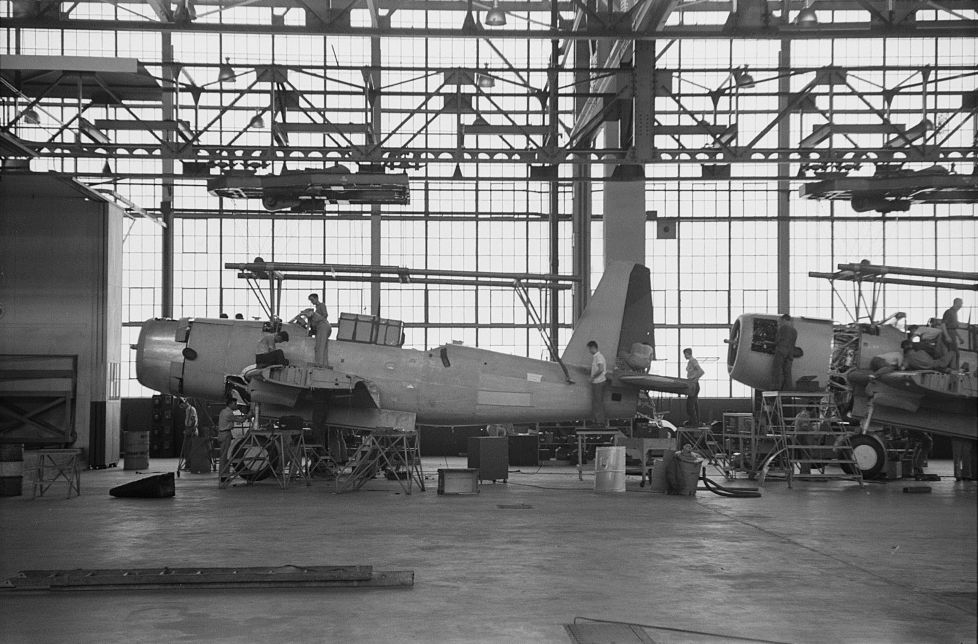

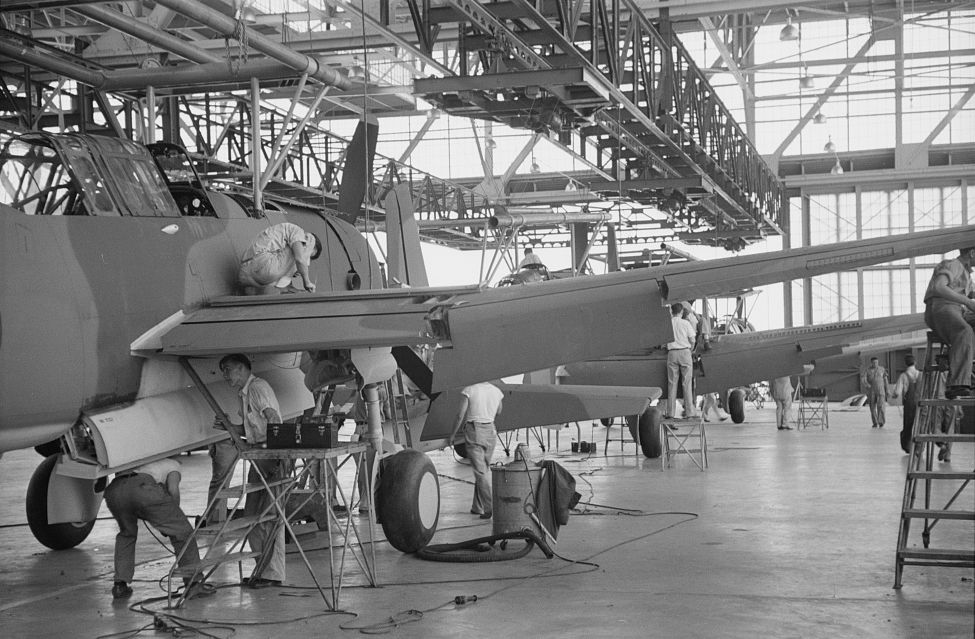
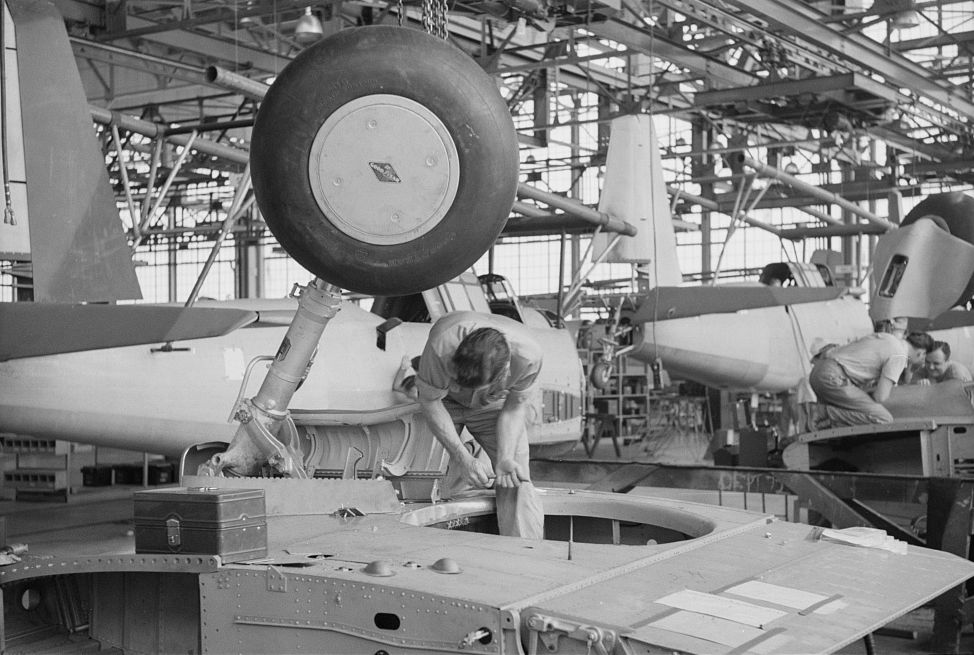
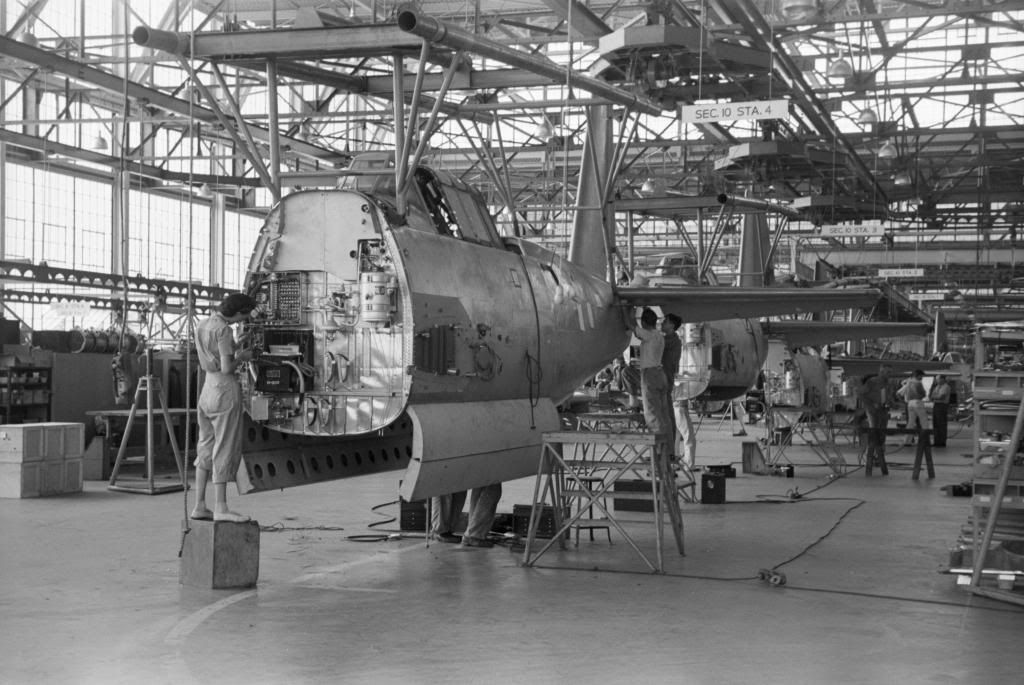
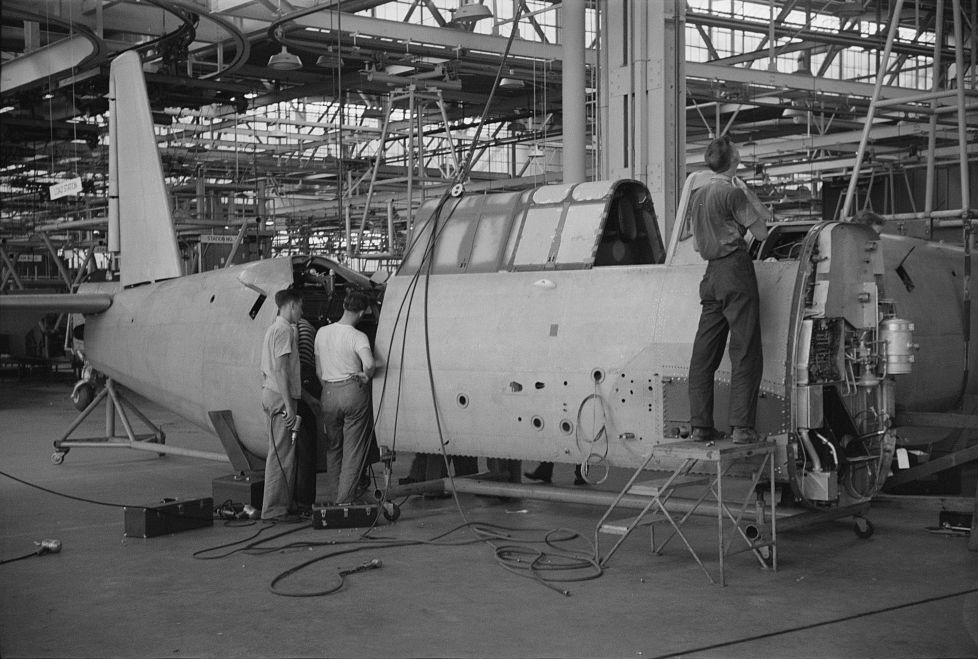
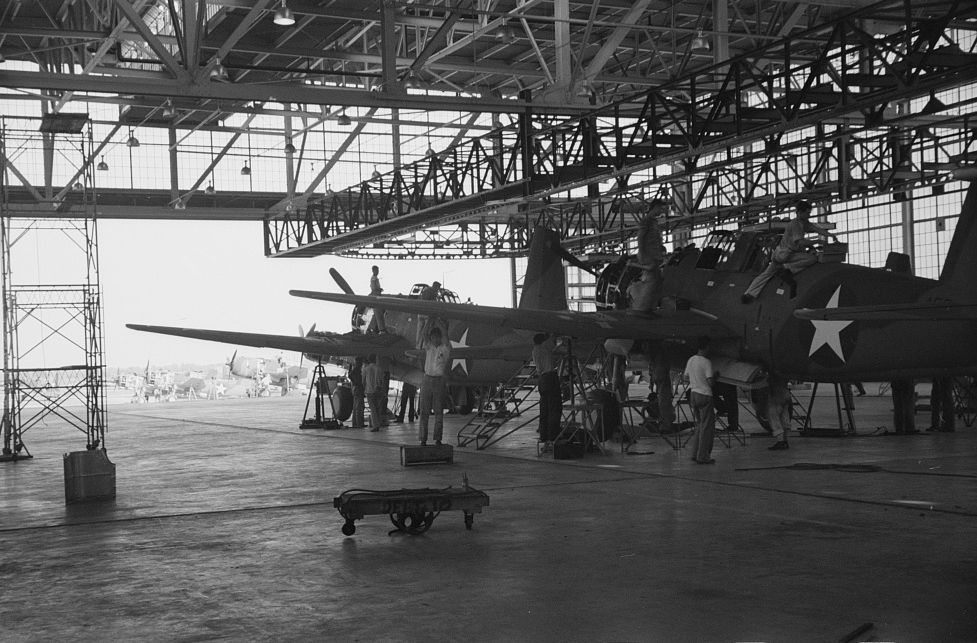
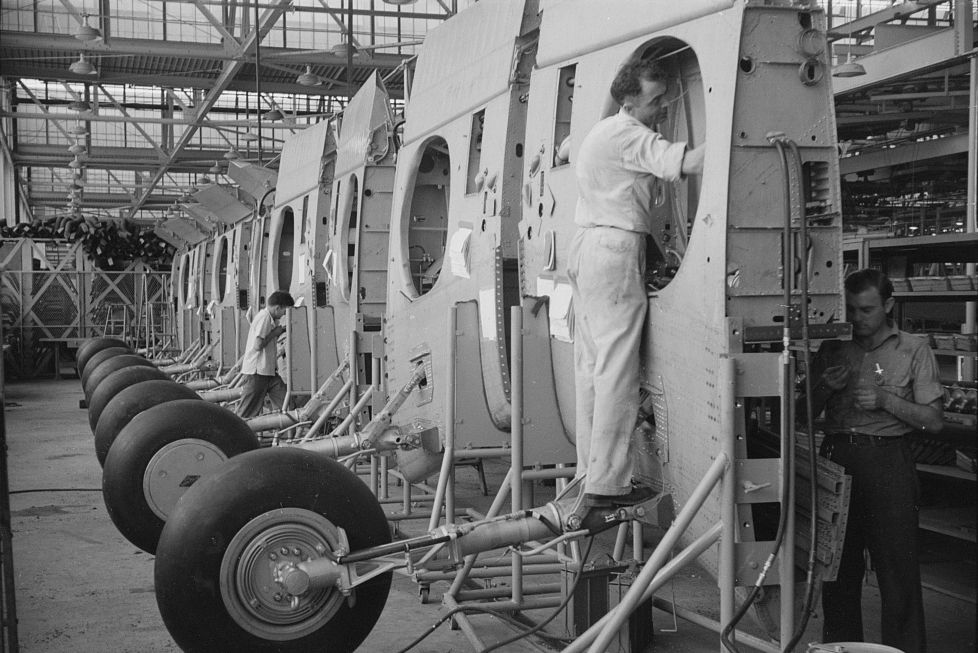
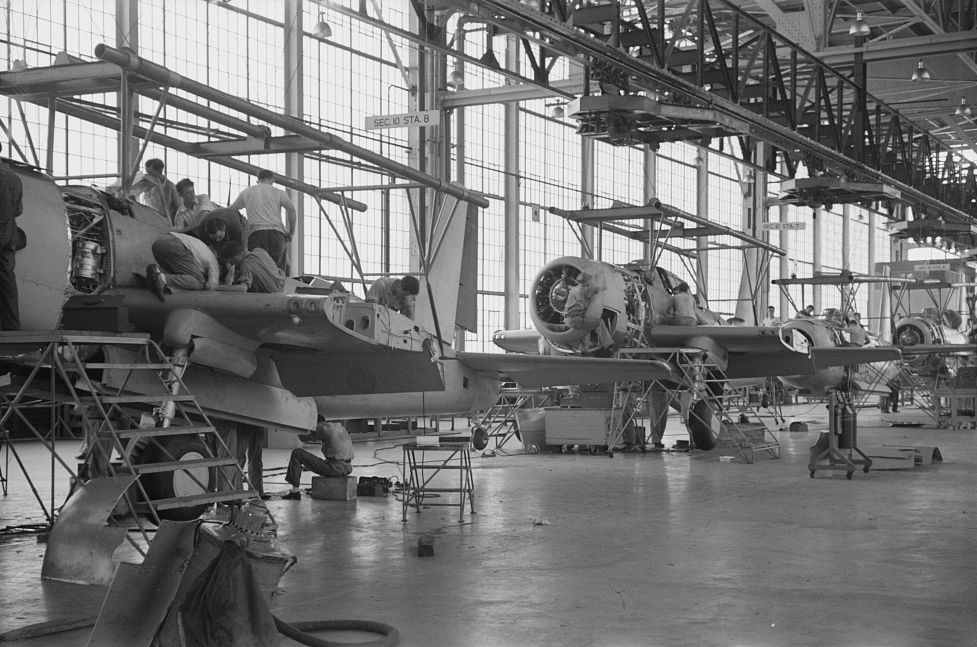
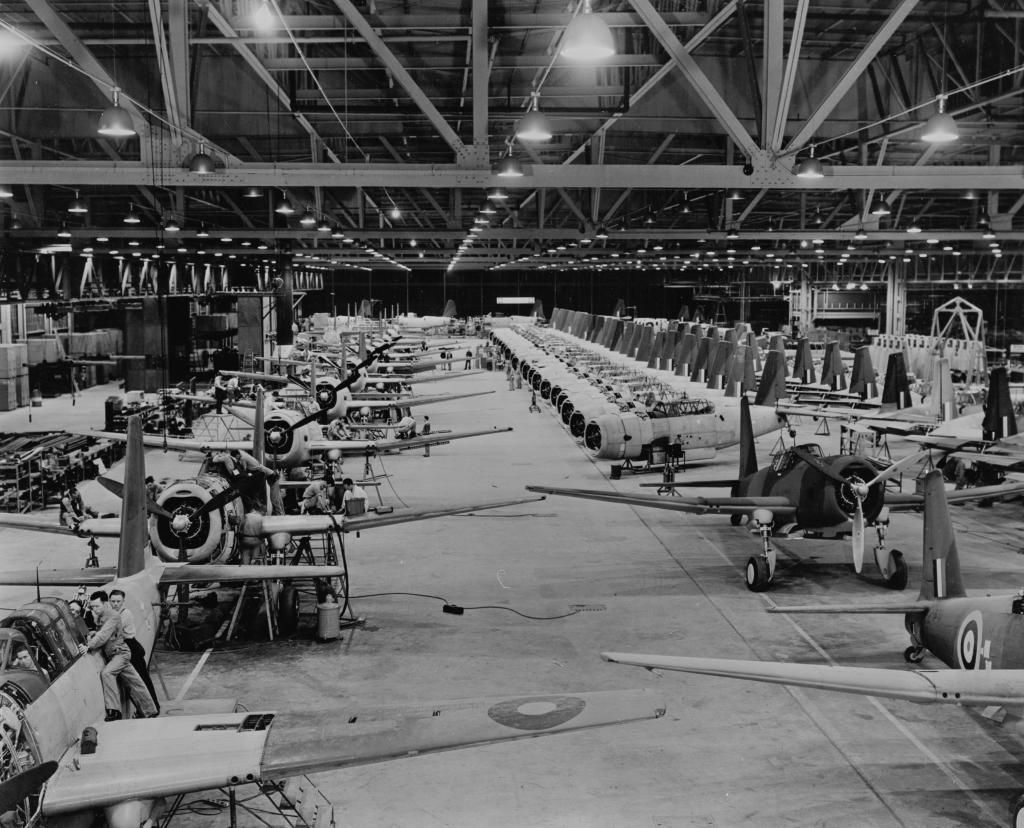
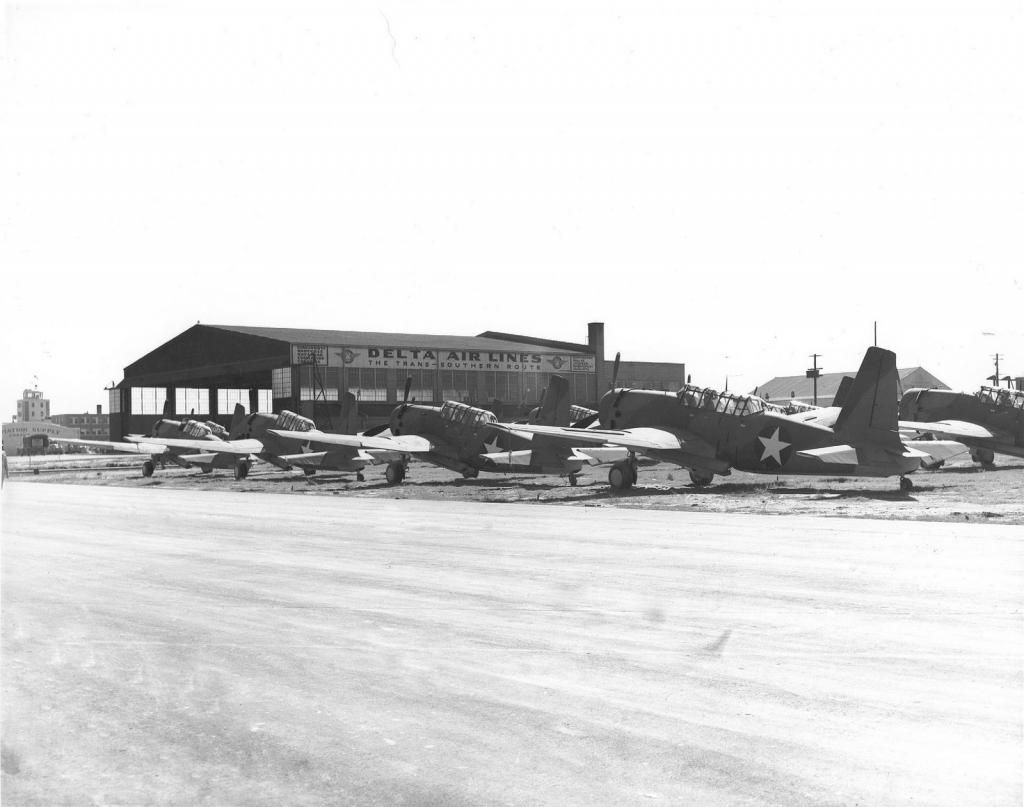
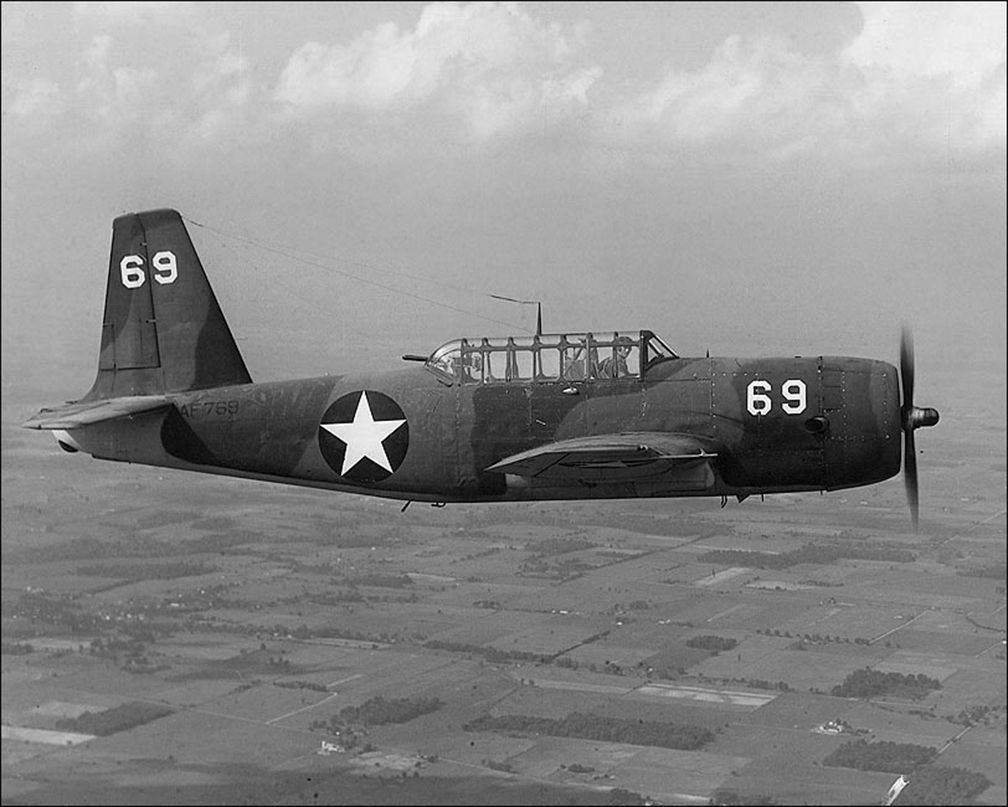
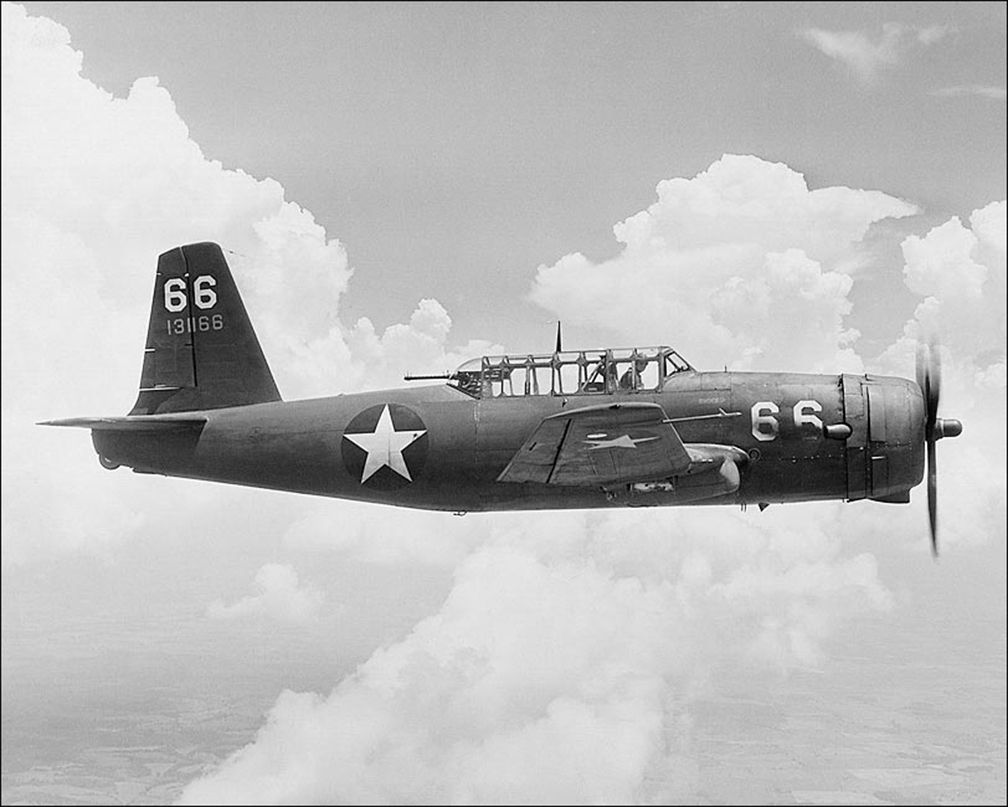
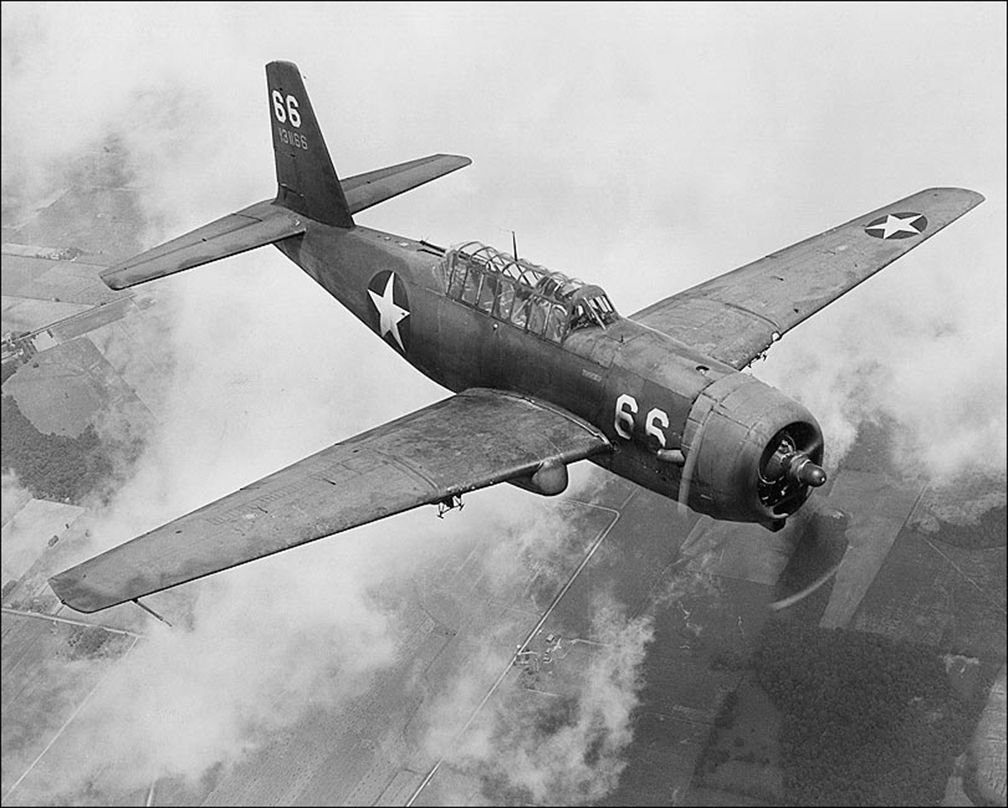
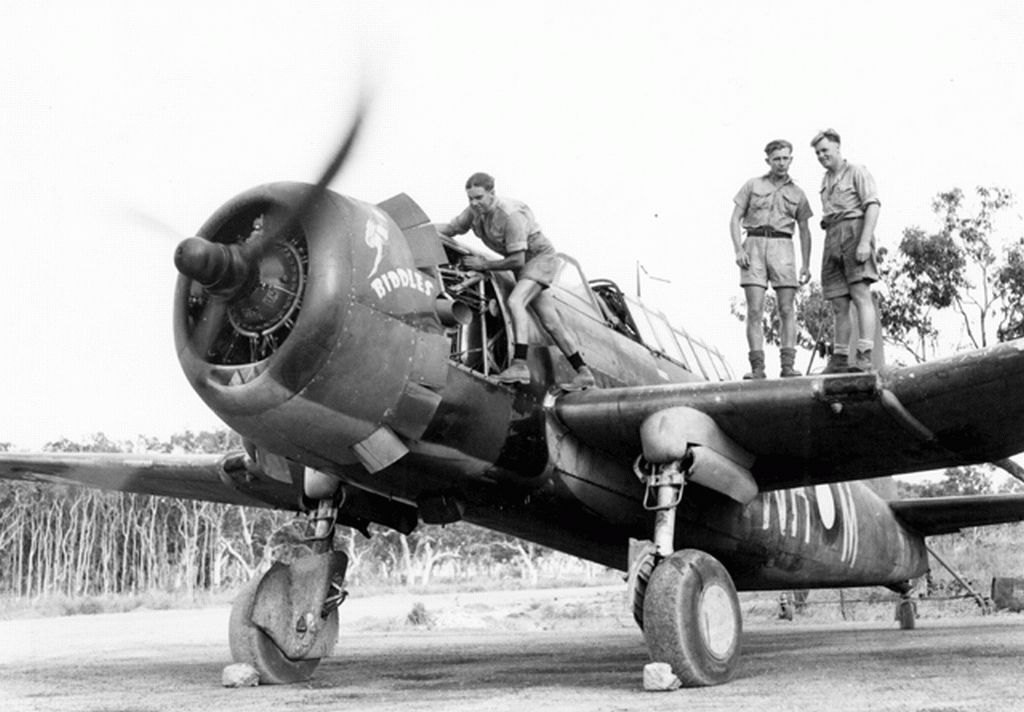
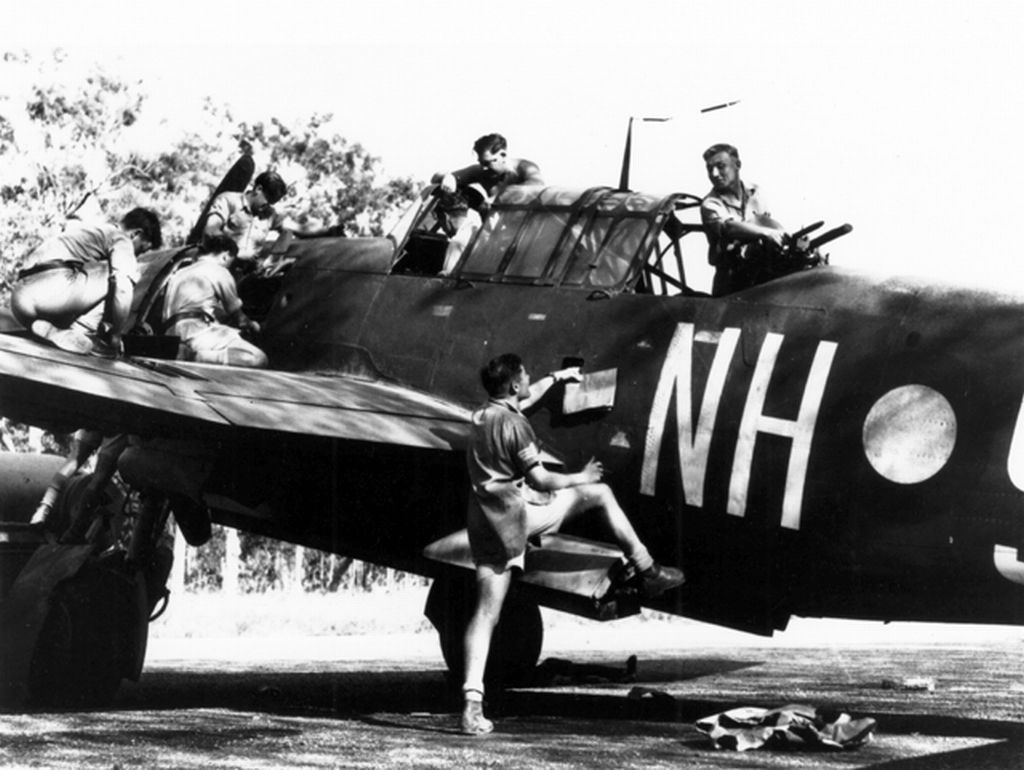

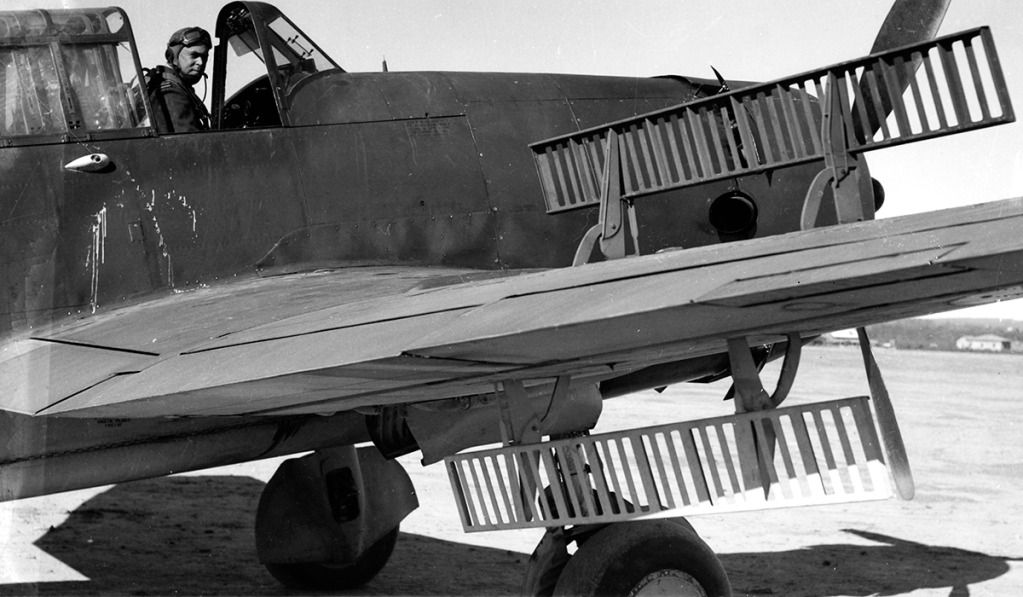



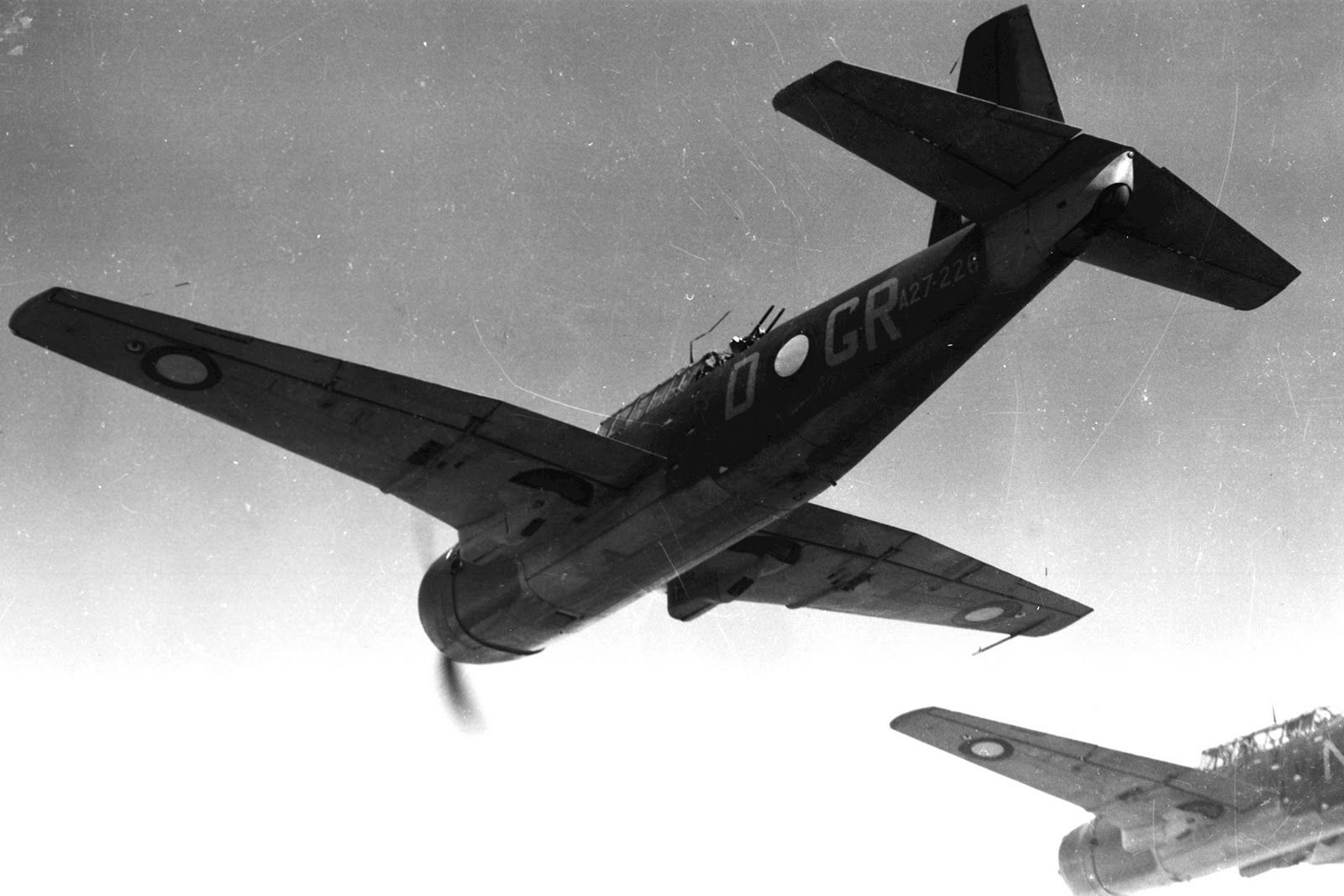

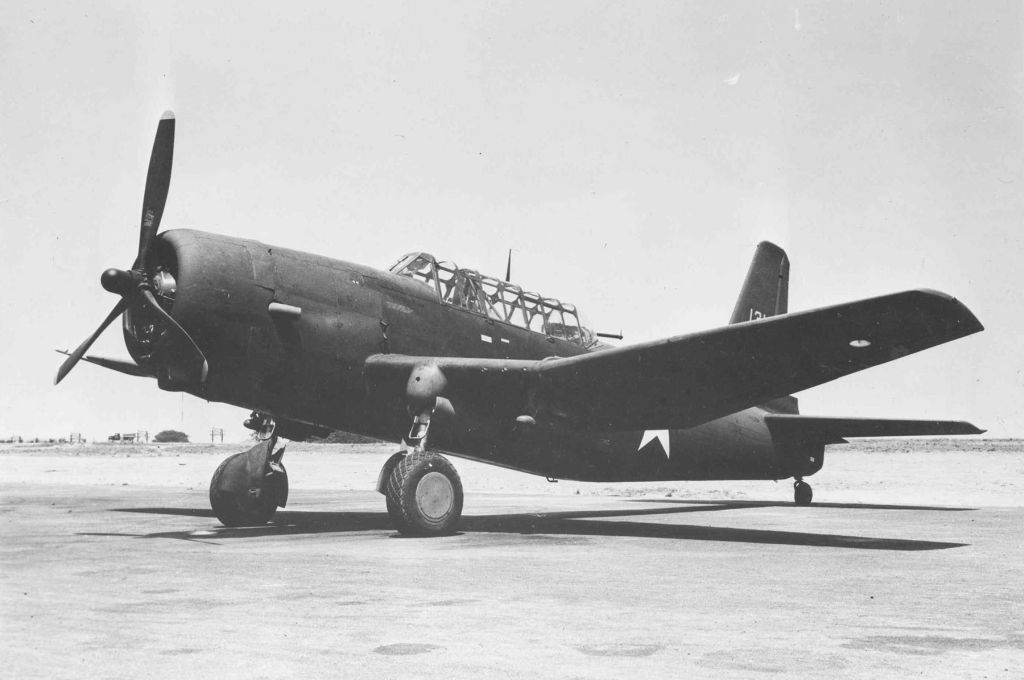
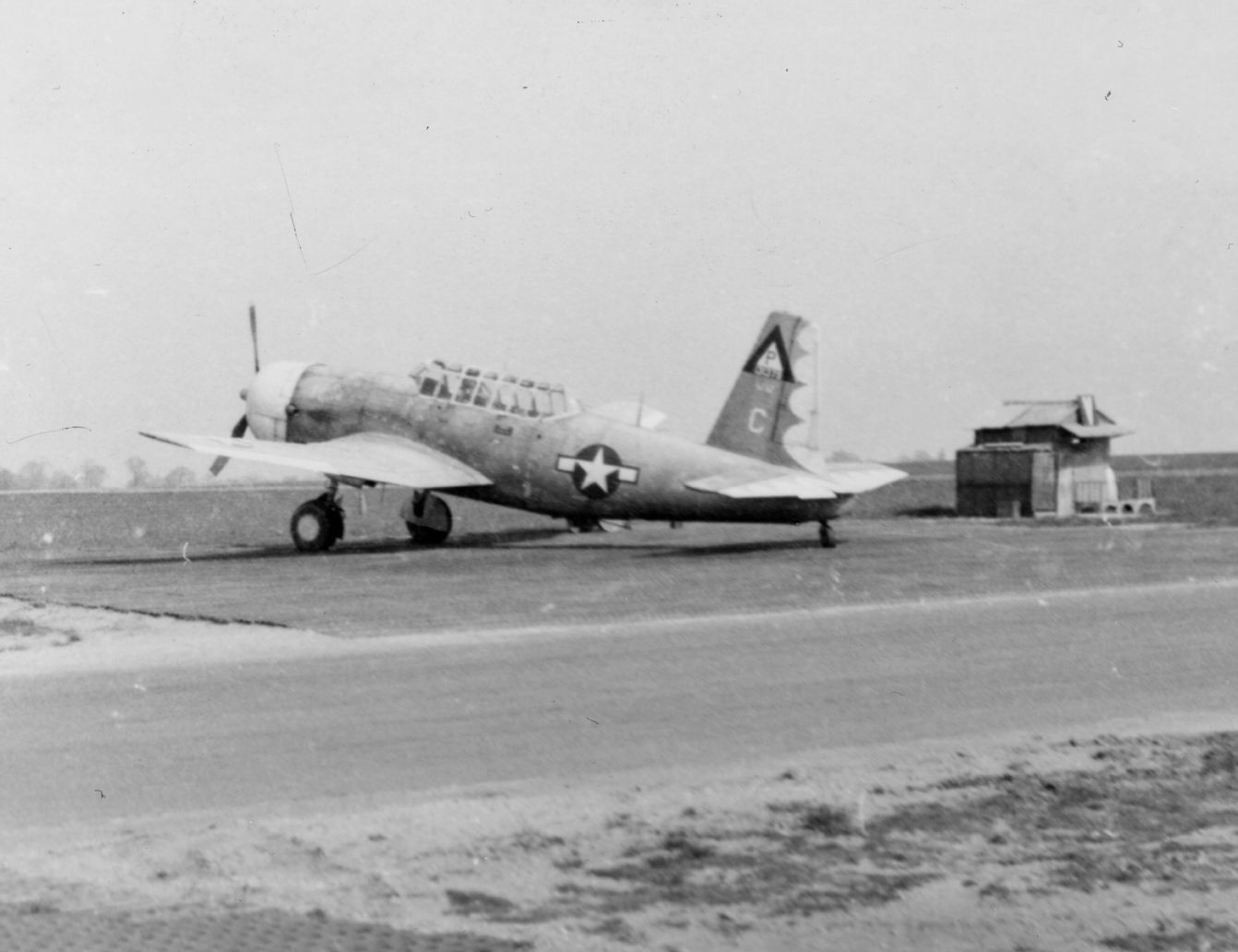

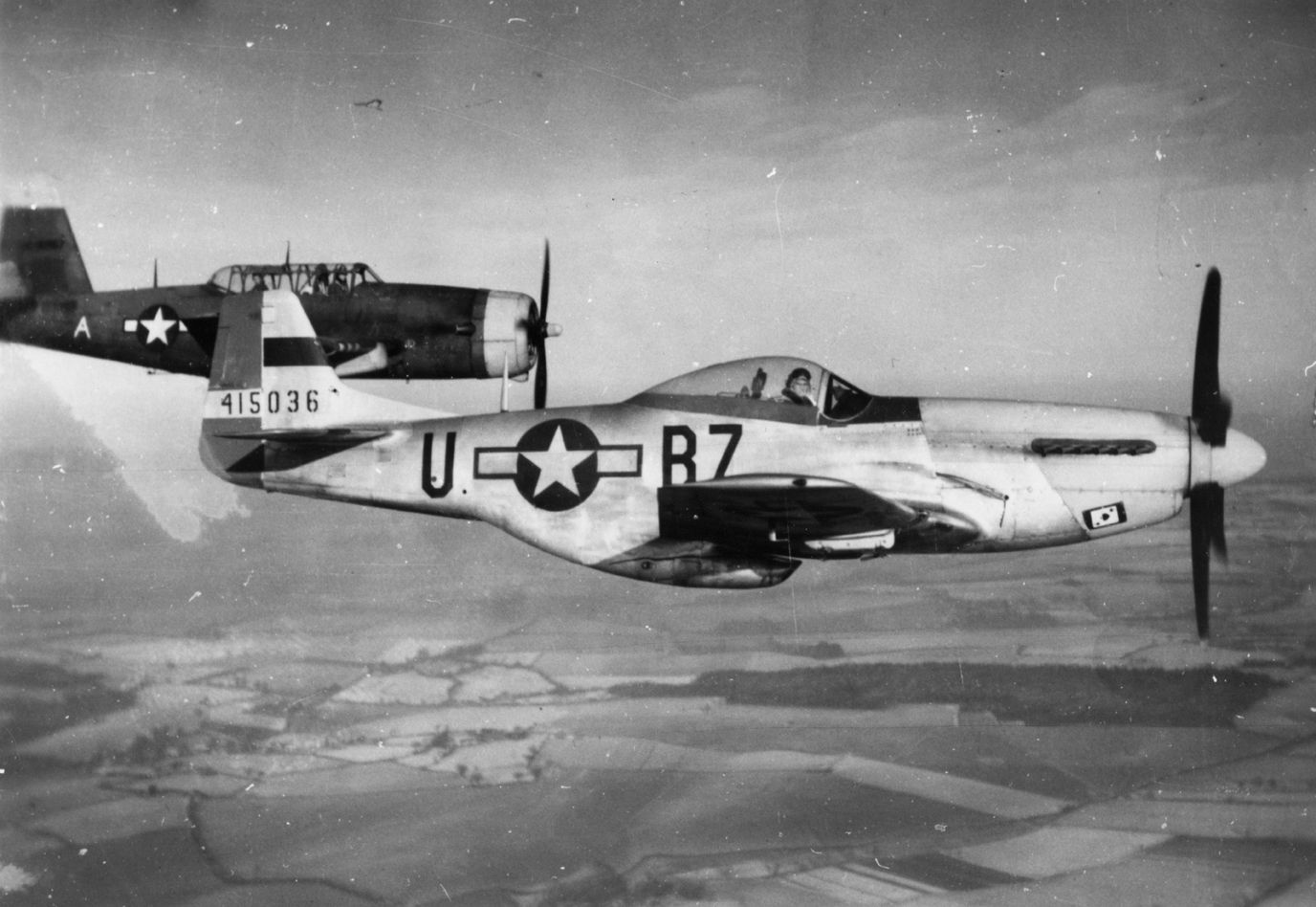
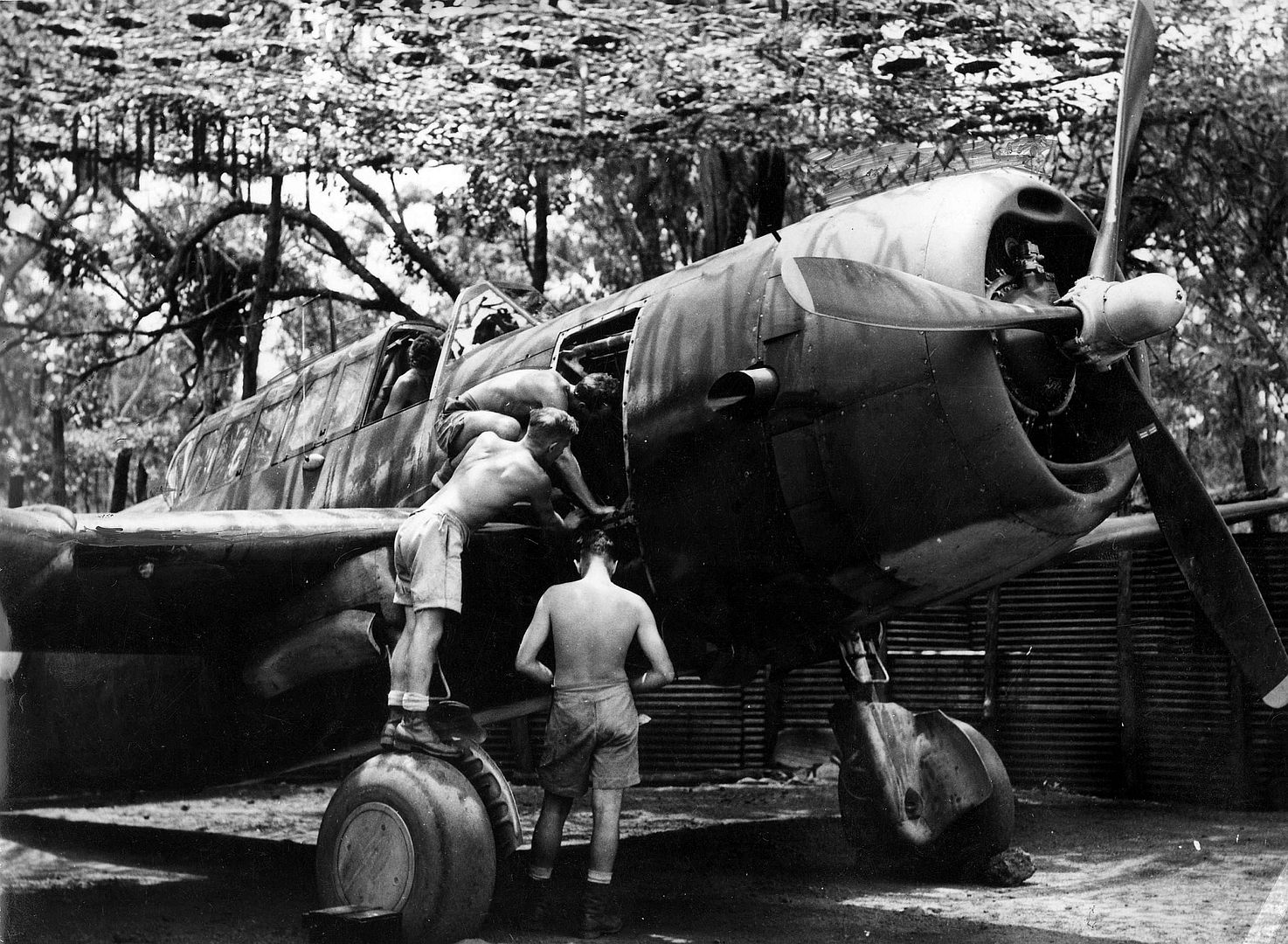
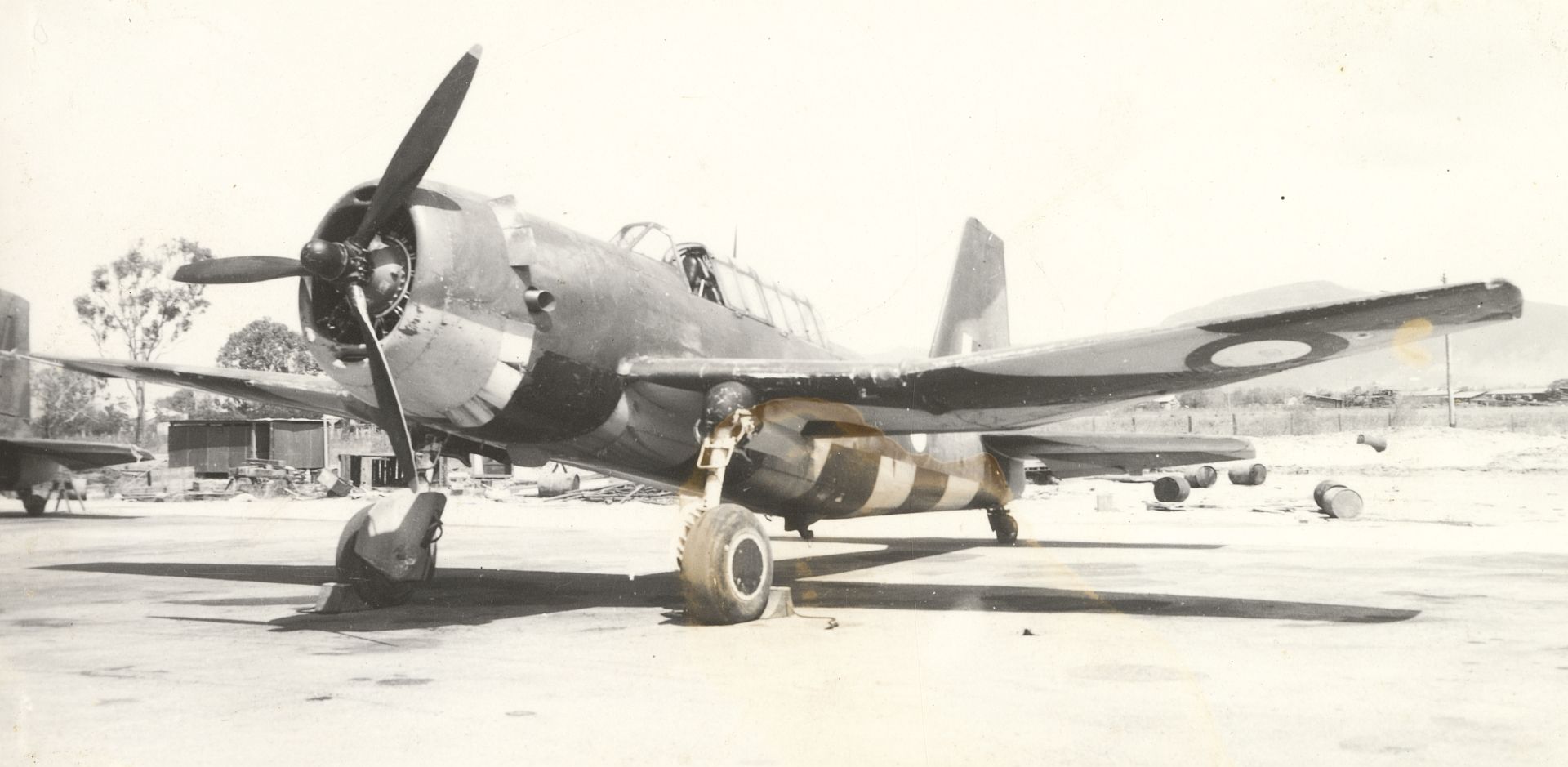
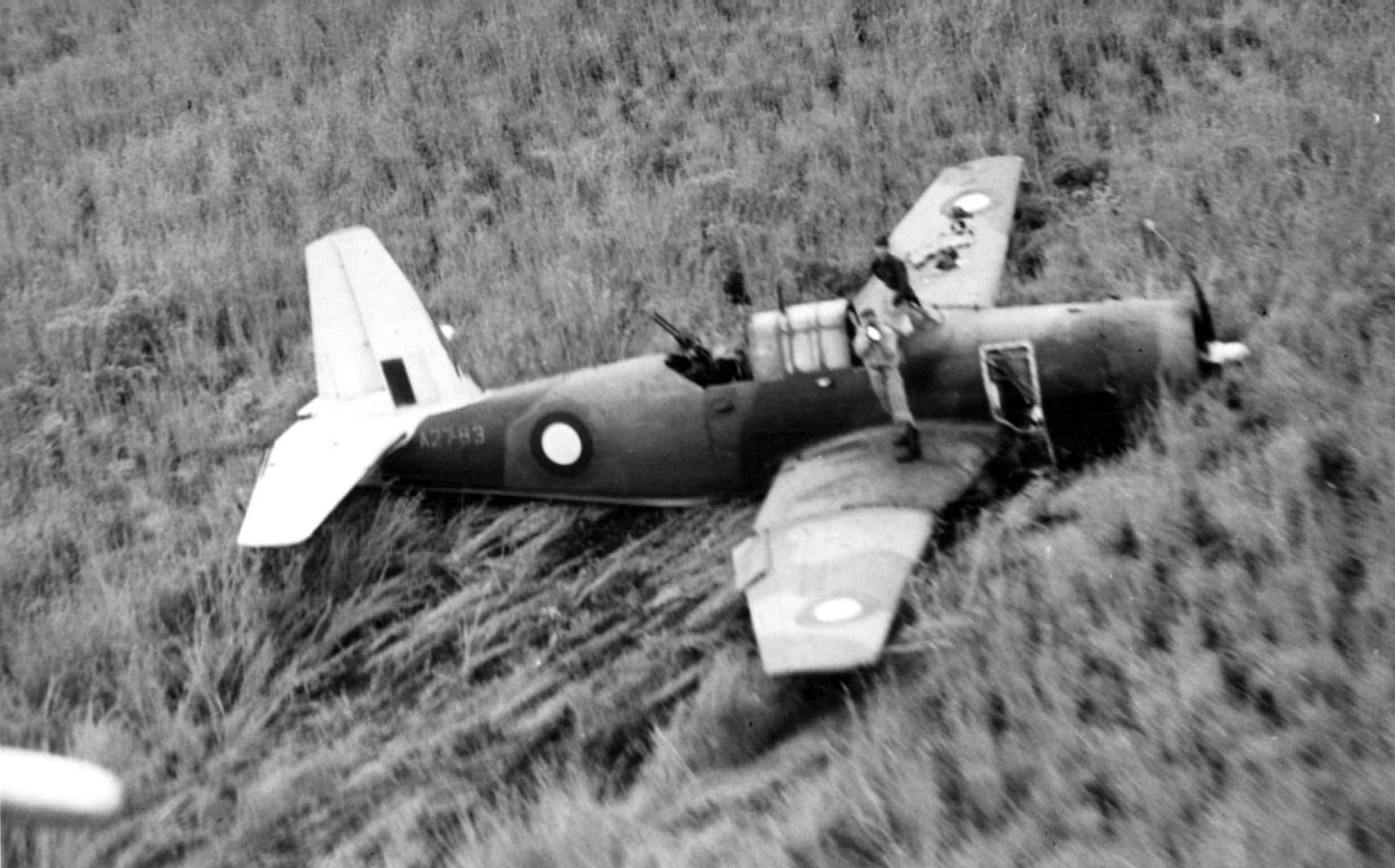

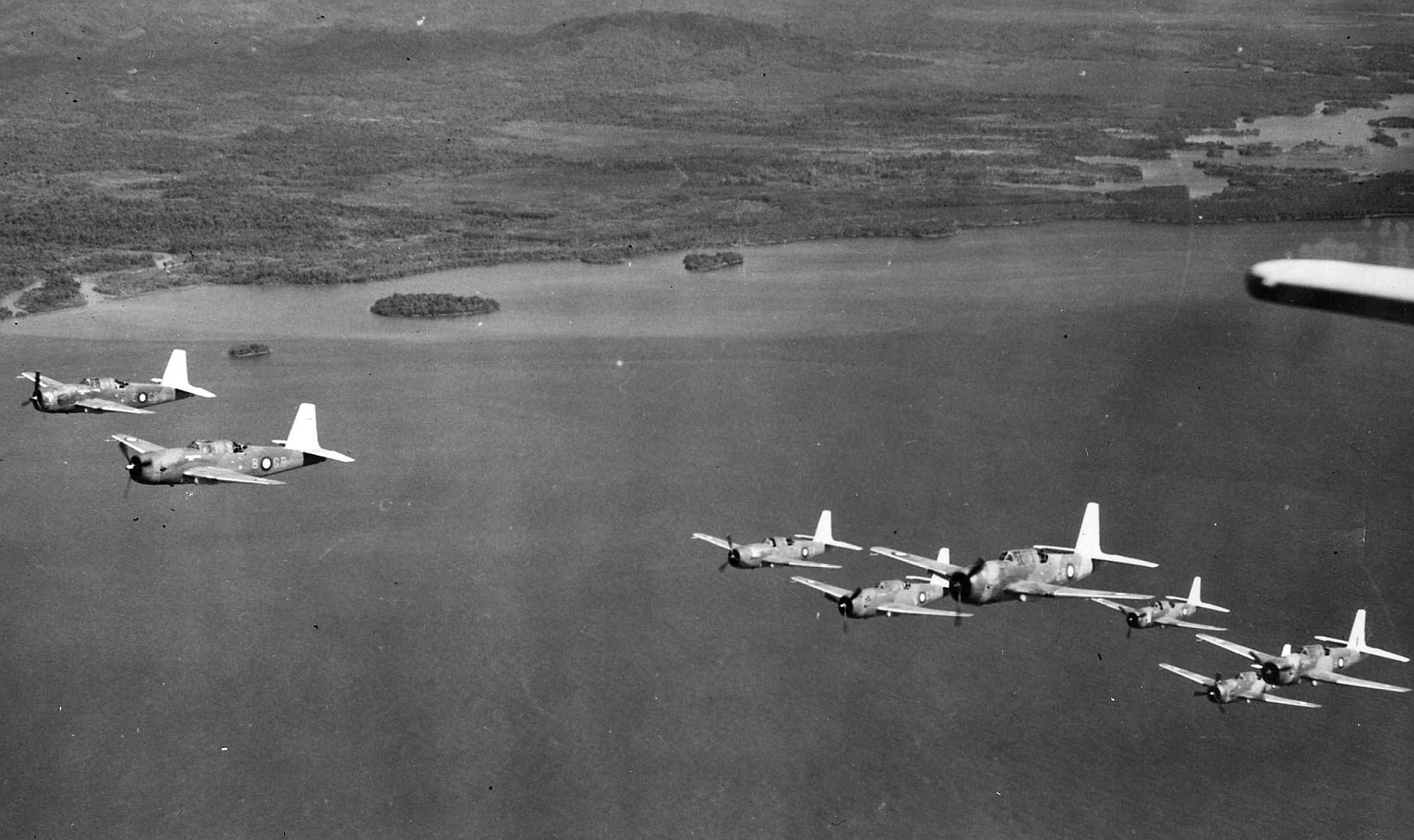
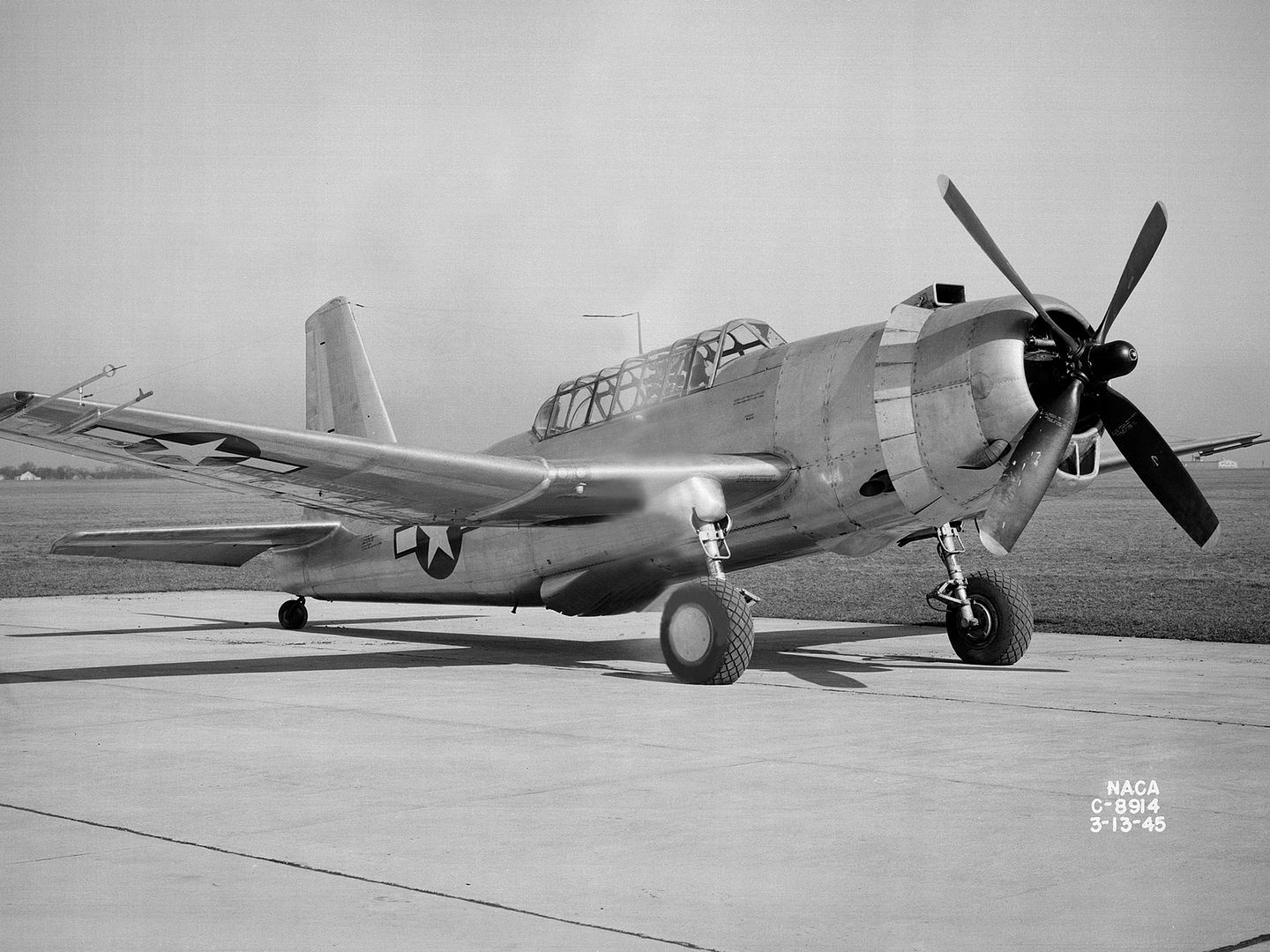
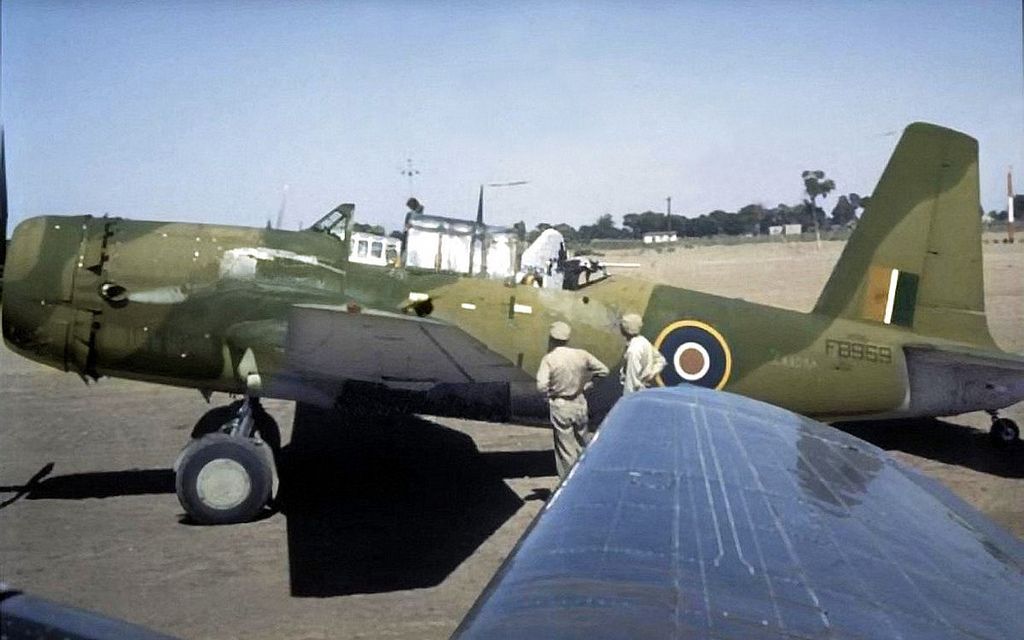
Regards Duggy -
12 years ago
 Main AdminUgly, Unloved but big 'n' beefy
Main AdminUgly, Unloved but big 'n' beefy
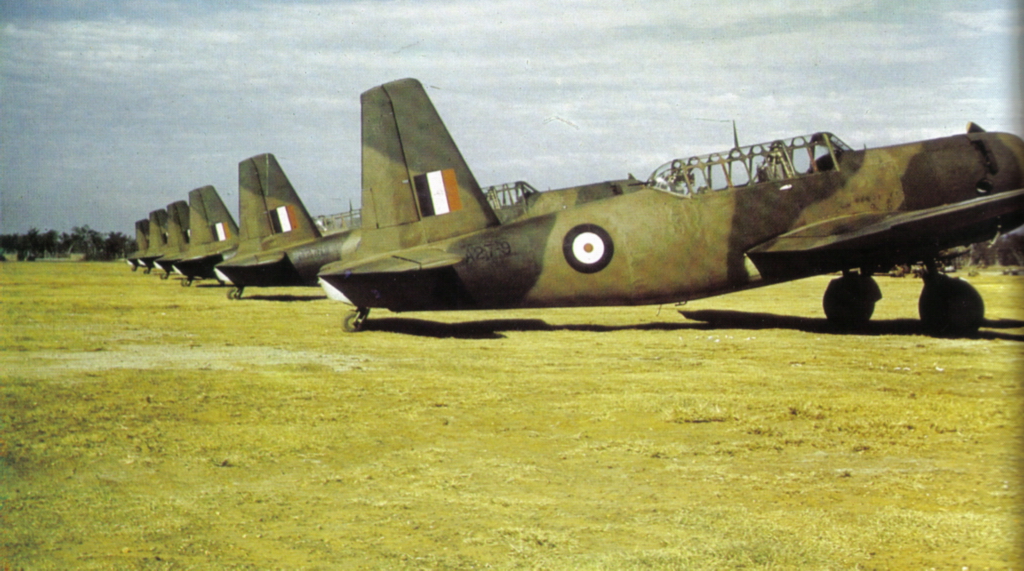

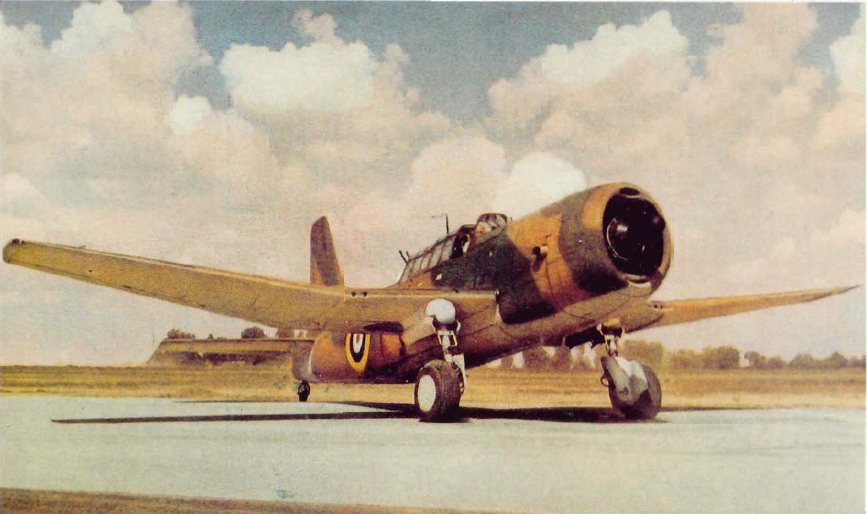
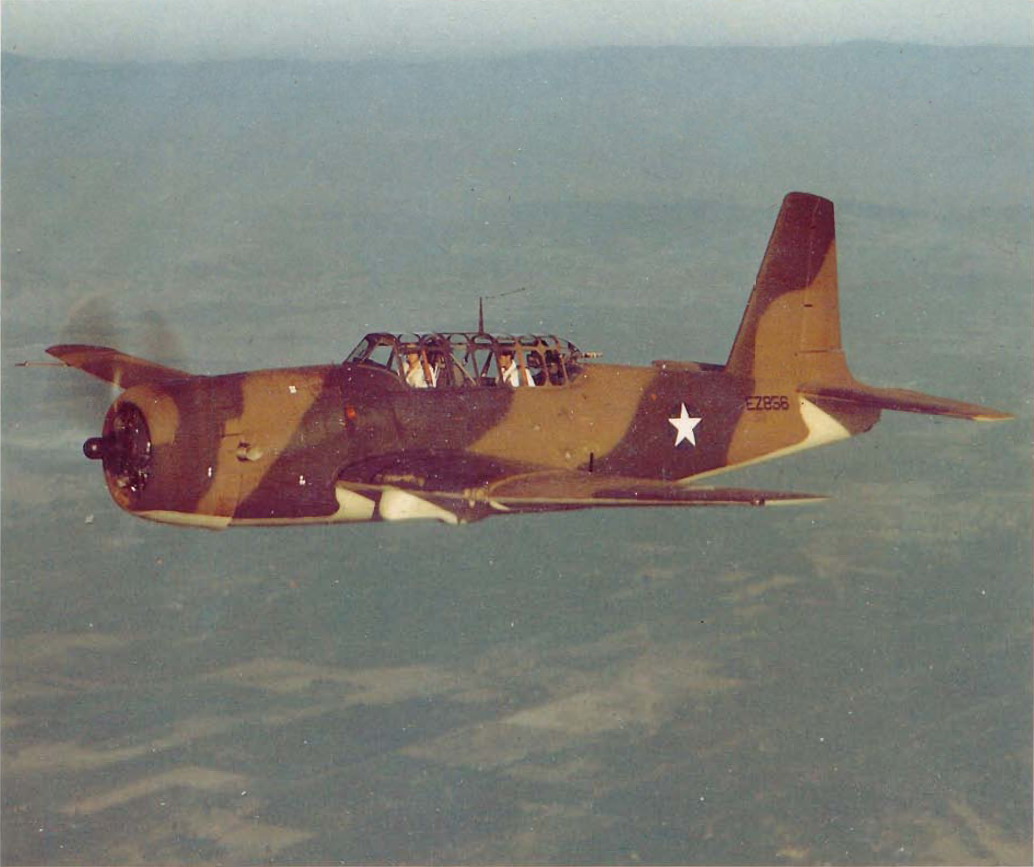

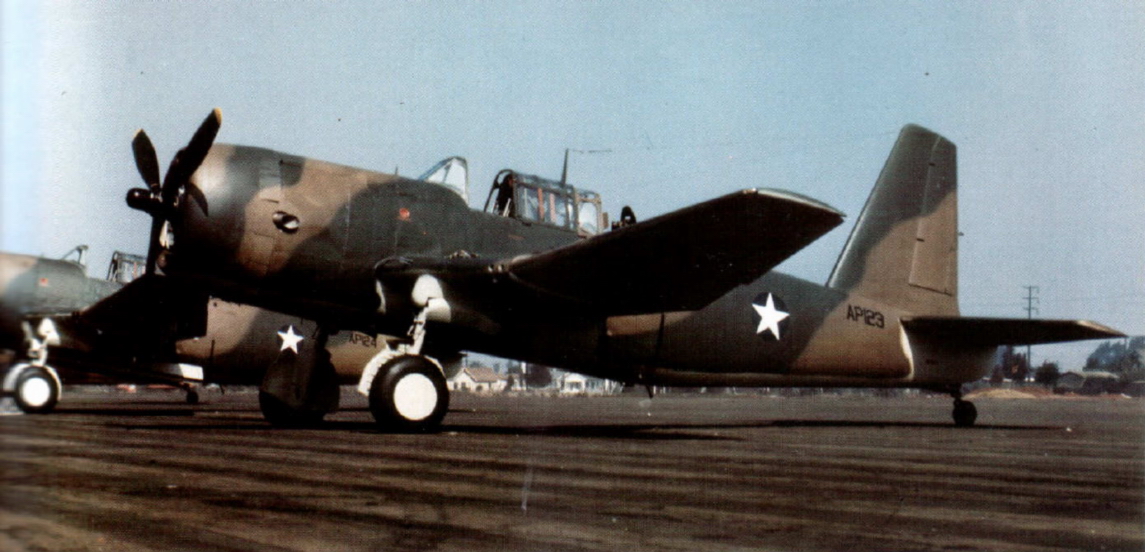
-
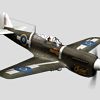 AdminNice thread yet again Duggy, the Vengeance is an interesting yet under represented aircraft. I read somewhere that the RAF Vengeance squadrons in India/Burma had the lowest loss ratio of any aircraft type in the CBI although I don't remember if that was just for the RAF, Allied or including the IJA as well.
AdminNice thread yet again Duggy, the Vengeance is an interesting yet under represented aircraft. I read somewhere that the RAF Vengeance squadrons in India/Burma had the lowest loss ratio of any aircraft type in the CBI although I don't remember if that was just for the RAF, Allied or including the IJA as well. -
12 years agoThu Jun 06 2013, 02:22am
 Level 1Thanks for moving the Vengeance post I put on, it was meant to follow on but I accidentally clicked on "new thread". Not many people realise but the one at Camden Air Museum has actually run in recent history.
Level 1Thanks for moving the Vengeance post I put on, it was meant to follow on but I accidentally clicked on "new thread". Not many people realise but the one at Camden Air Museum has actually run in recent history. -
12 years agoThu Jun 06 2013, 02:25am
 Level 1I have found a couple of pictures online. (Or not as I can't link to them
Level 1I have found a couple of pictures online. (Or not as I can't link to them ) but they can be found at
) but they can be found at
http://www.adf-gallery.com.au/gallery/Vengeance-A27-99/WB_2A27_99a
Post a reply
- Go to Previous topic
- Go to Next topic
- Go to Welcome
- Go to Introduce Yourself
- Go to General Discussion
- Go to Screenshots, Images and Videos
- Go to Off topic
- Go to Works in Progress
- Go to Skinning Tips / Tutorials
- Go to Skin Requests
- Go to IJAAF Library
- Go to Luftwaffe Library
- Go to RAF Library
- Go to USAAF / USN Library
- Go to Misc Library
- Go to The Ops Room
- Go to Made in Germany
- Go to Campaigns and Missions
- Go to Works in Progress
- Go to Juri's Air-Raid Shelter
- Go to Campaigns and Missions
- Go to Works in Progress
- Go to Skinpacks
- Go to External Projects Discussion
- Go to Books & Resources
